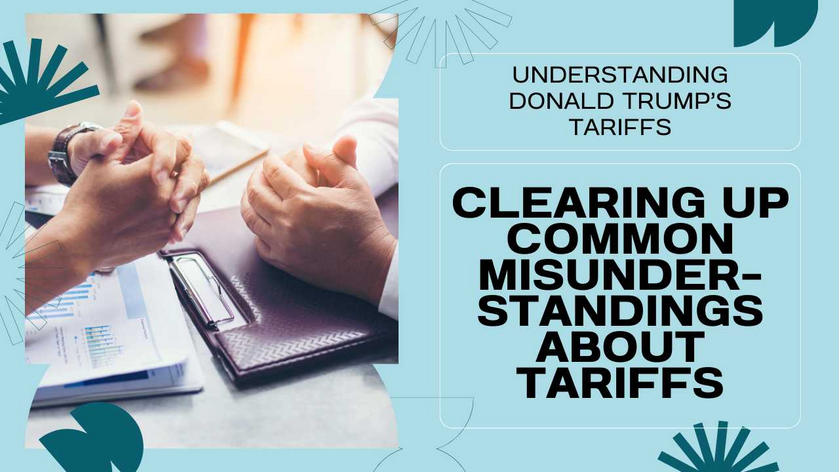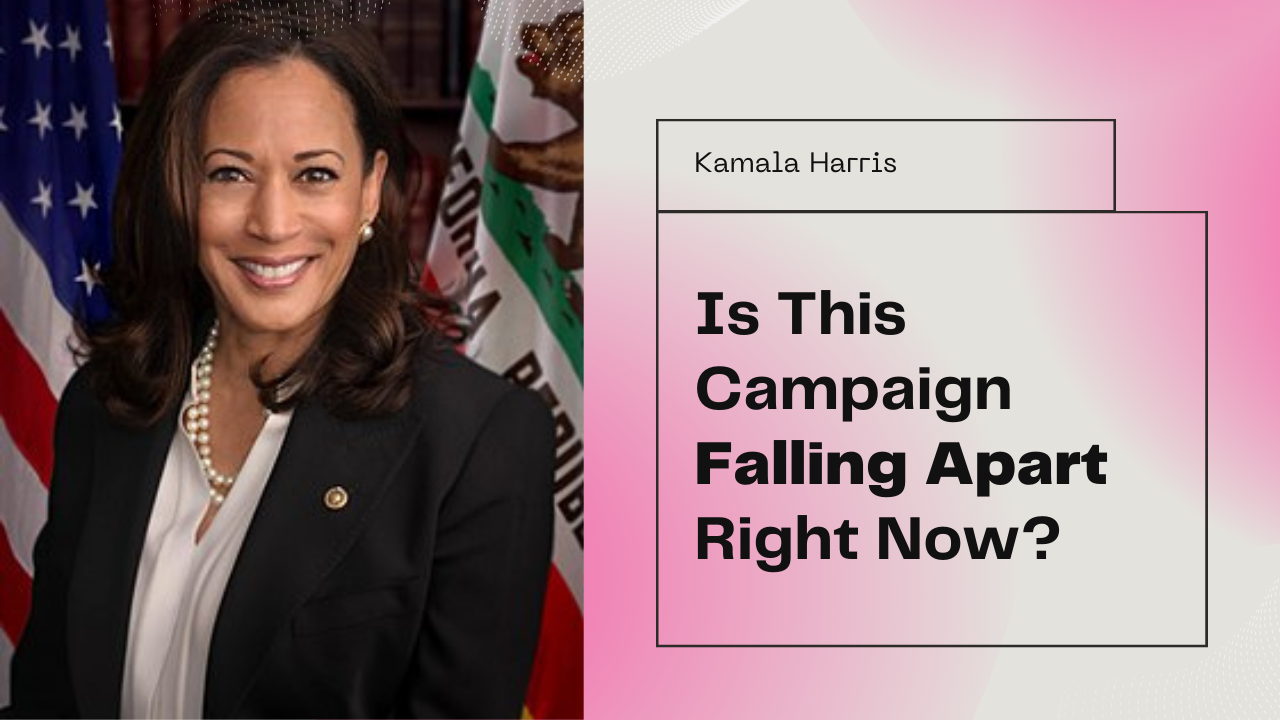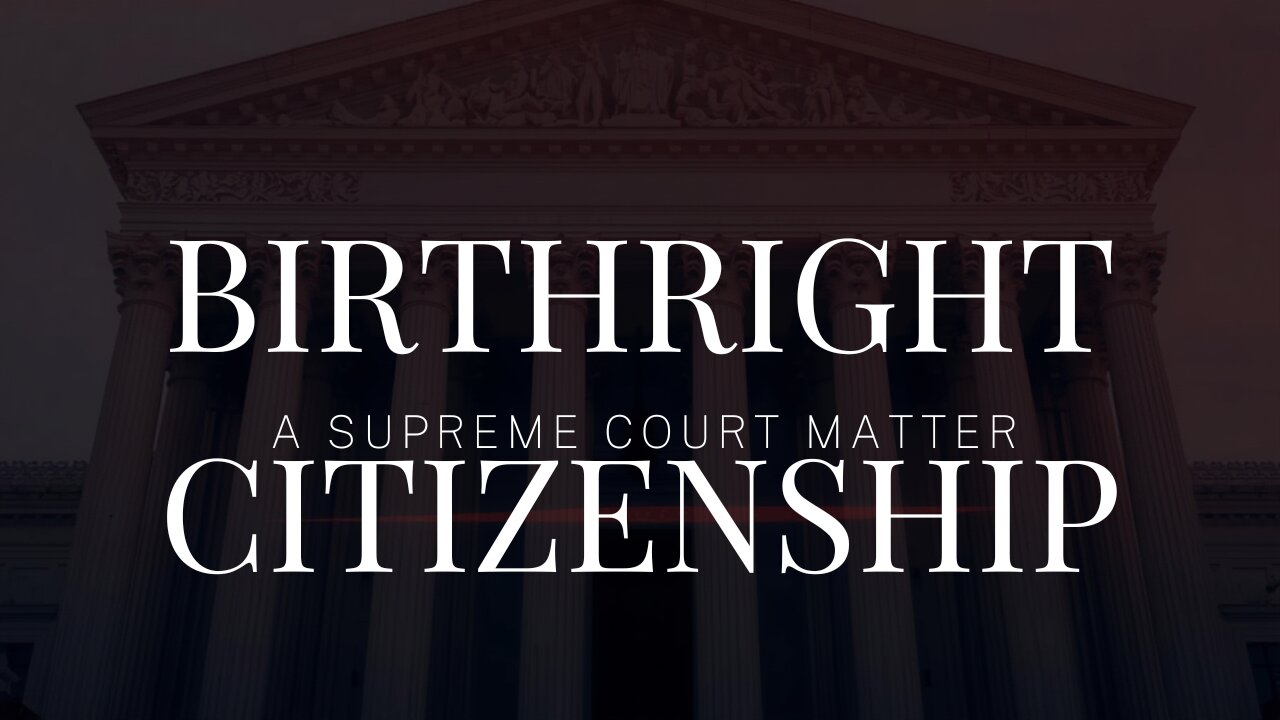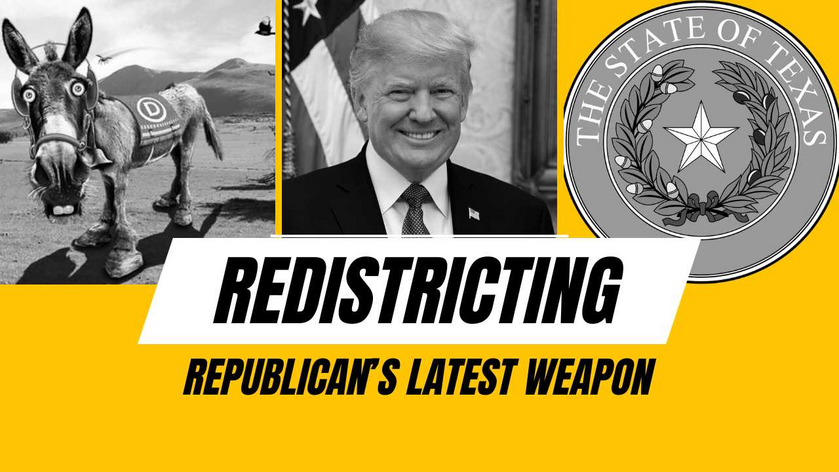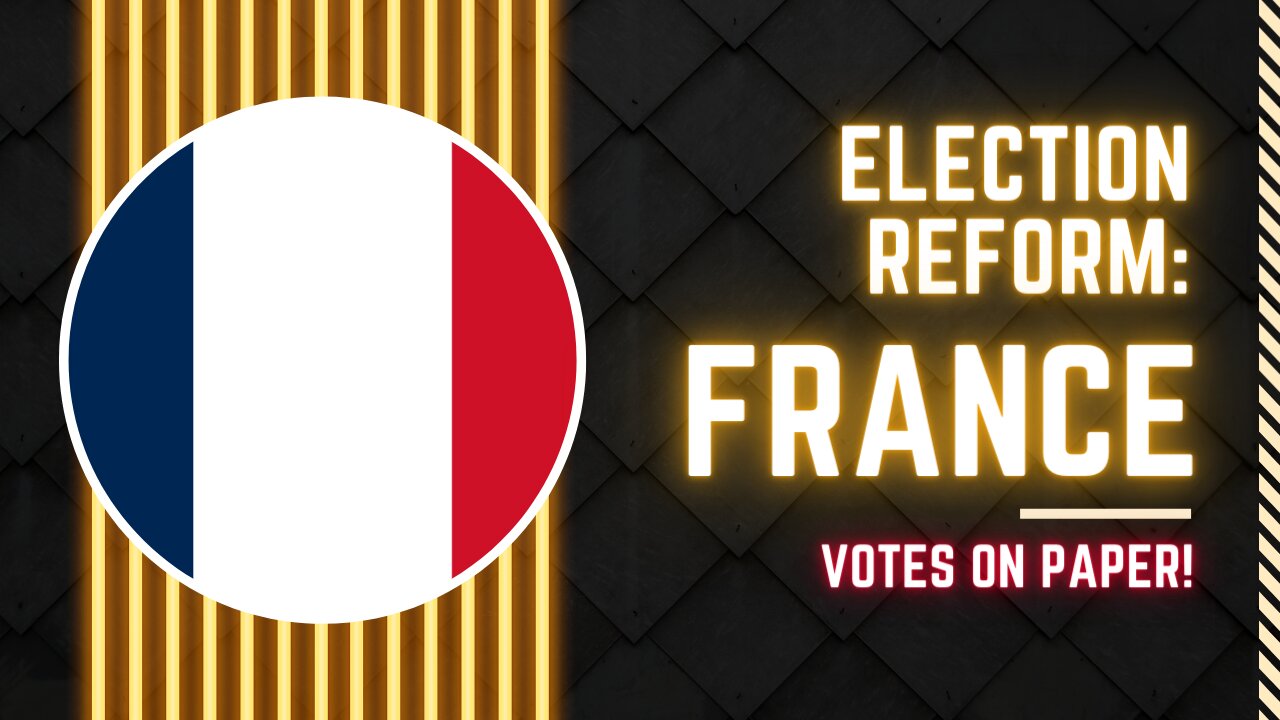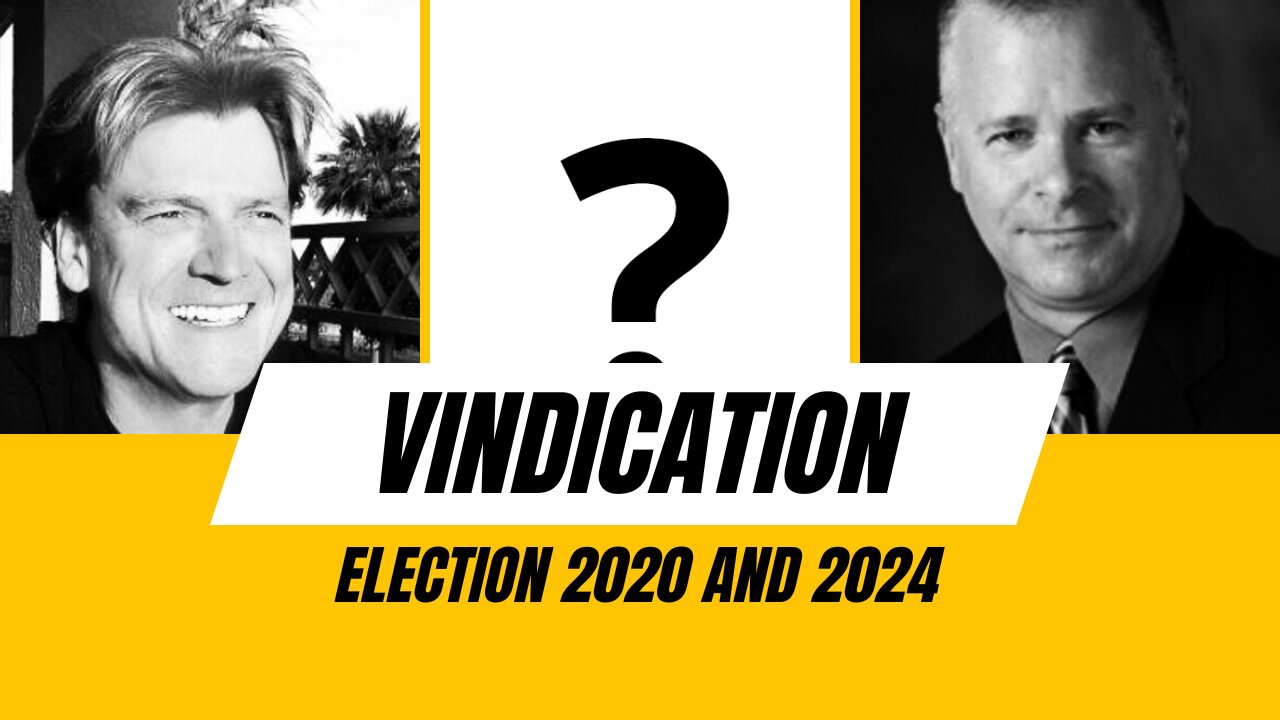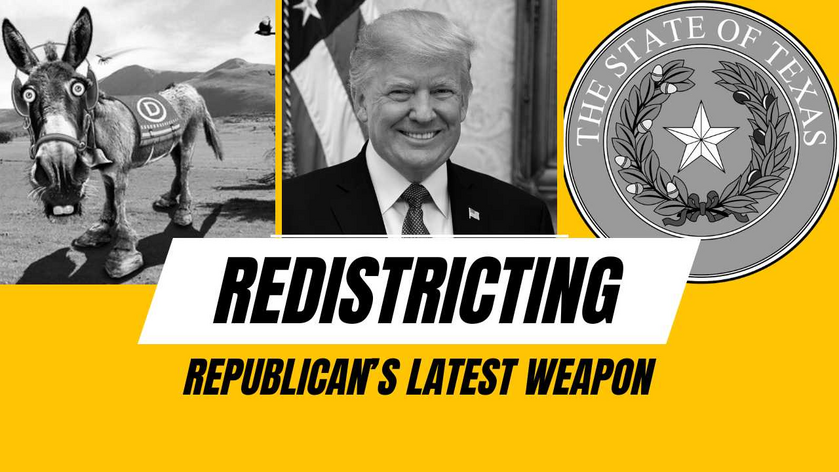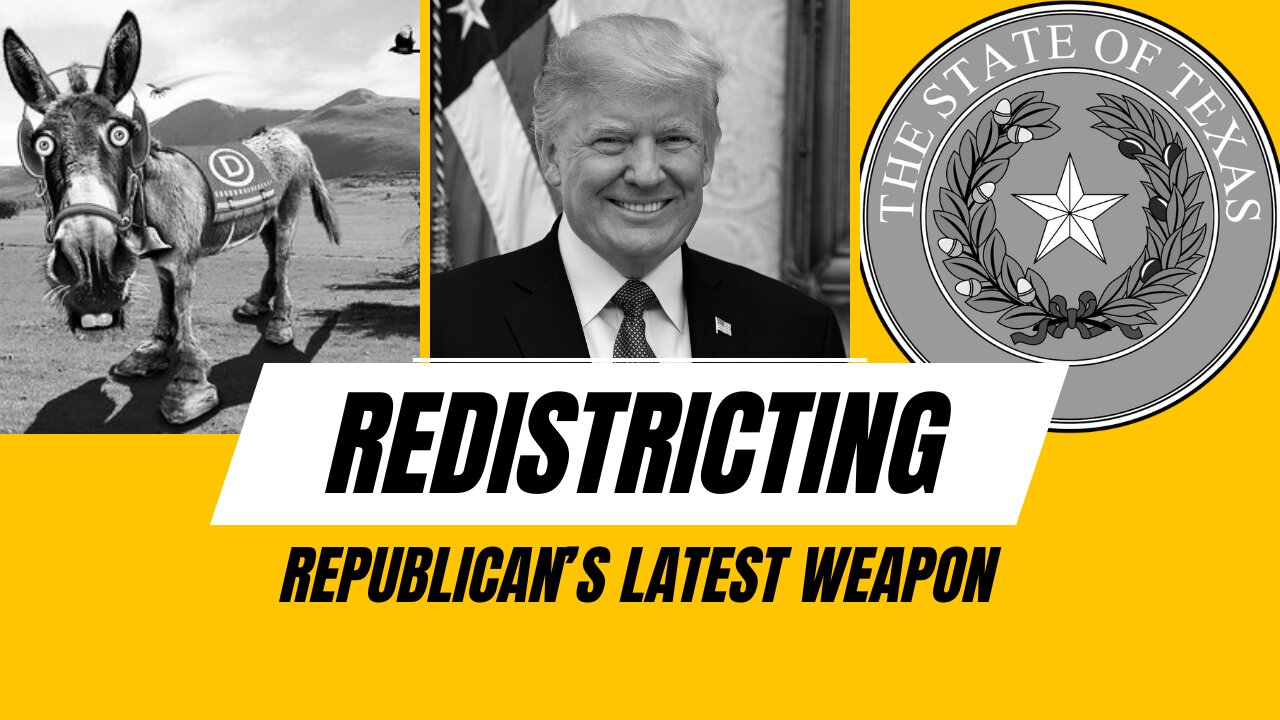President Donald J. Trump has kept tariffs in the news, with announcements that look contradictory until one understands his intentions. Trump wants to use tariffs both to replace the income tax and to prompt a rebuild of America’s manufacturing base. That’s why some of his proposed tariffs are on a ninety-day pause; the countries involved have shown willingness to negotiate. But many Americans, including many political theorists, don’t understand what tariffs are, or even what legitimate purposes they might serve. Herewith another primer on tariffs to address certain misunderstandings that decades of misapplied strategy – or unilateral economic disarmament – have facilitated.
What are tariffs?
Tariffs, or import duties, are taxes that importers pay on goods they bring into a country. True, many (if not most) importers will pass such taxes on to the buyers of the imported goods. Such buyers always have the option not to buy. Wal-Mart exercised that option recently after President Trump raised tariffs on communist China to a total of 125 percent. (In fact Wal-Mart has paid lip service for years to the idea of “buying American.”
Until the end of the nineteenth century, the United States financed its government through tariffs. Then a coalition of bankers, with William Randolph Hearst (the inventor of “yellow journalism”) as their chief agent provocateur, talked the country into the Spanish-American War. (They might have done more than talk if the destruction of USS Maine ACR-1 was due to anything other than a paint-locker fire that spread to the ship’s ammunition magazines.) The United States had not embarked on such an expensive foreign venture ever before. (All America’s wars until then took place on what are now the Contiguous States, the Lower Forty-eight, etc.) So Congress laid a telephone tax on wealthy telephone users (who then were the only ones who had telephones). Then in 1910, the “banksters” met on Jekyll Island to create and launch the Federal Reserve System.
The telephone tax is gone. But in 1913 came the income tax. And after World War II came the mis-called “free trade system.”
The great borrowing binge
Contrary to Erick-Woods Erickson’s execrably flawed analysis, trade deficits always must resolve somehow. Any two countries have between them a current account and a capital account. Current-account transactions are imports and exports. Capital-account transactions are investment in new manufacturing plant and equipment – or sales of bonds. Those bonds might be private company commercial paper, or government bonds.
Today the United States has an aggregate net-resultant current-account trade deficit of over a trillion dollars a year with the rest of the world. That cannot possibly sustain itself forever, and it doesn’t. One would expect these other countries to take all the money (American dollars, which are no longer redeemable in gold) they rake in, and invest in plant and equipment to make things in America to sell to Americans. Occasionally that is exactly what happens. But typically, foreign governments use the excess dollars to buy United States Treasury instruments. These are the short-term “bills,” ten-year “notes,” and thirty-year or “long” “bonds” The Wall Street Journal talks about. One finds this “talk” in a section called “Credit Markets and Money Rates.”
This represents continued borrowing by the United States government – and by extension, its citizens. To compound the absurdity, the U.S. government had created this “understanding” with other countries. Which is: you may “tariff” us all you want, so long as you keep buying our bills, notes and bonds.
One would expect a limit on this activity – except that Congress keeps raising the debt ceiling.
Deadbeat city
What does that make America? America has become not only a debtor nation but a spendthrift and almost a deadbeat nation. The one reason America is not a deadbeat nation is that it has not – yet – defaulted on its paper. But America is paying compound interest that itself is a significant portion of the federal budget. The one President in recent memory who presided over a budget surplus was Bill Clinton. And that was only because he couldn’t persuade a Republican Congress to spend big money on his priorities. Or perhaps he had none, because Bill Clinton was never an ideologue. (This is not an endorsement of Bill Clinton. But remember that a broken clock tells the correct time twice a day.)
In any case, federal revenues exceeded expenditures for one or two years in his second term. That’s never happened since.
In the meantime, other countries have been more than content to lend Americans money so that they can keep buying – though they have no work product to buy with. American manufacturing is nearly dead – because other countries have closed their markets to American goods. The ownership of brands is no longer a reliable indicator of what is, and what is not, made in America. That in part reflects foreign companies actually building factories in America. But it also reflects American companies importing goods and slapping their own labels on them.
President Donald Trump wants to put a stop to this.
How Trump plans to use tariffs
Donald Trump has proposed two kinds of tariffs – baseline and reciprocal. The baseline tariff will be ten percent. Americans will always import many, many things they simply can’t “make in the USA.” These are mainly agricultural products, including coffee and tropical fruits. A ten-percent tariff on such staples should provide a comfortable revenue stream. (Rare earths are another story. Trump plans to acquire territories, like the island known variously as Greenland and Kalaalit Nunaat, rich in these minerals.)
Reciprocal tariffs are actually retaliatory. They send the message that no country will ever again close its markets to Americans without consequence. That’s why Trump raised tariffs on Chinese imports to 125 percent, while pausing them on other countries for 90 days.
Other countries can avoid the reciprocal tariffs in one of two ways. Either they open markets to American exporters, or they build factories in America. A factory in America, whether making goods for export or domestic consumption, employs Americans. Many countries are already making both kinds of deal.
A special word about China
China deserves special mention. Their true name for themselves is The Middle Kingdom. Middle of what? Middle of the world. Every Chinese emperor since Noah (who likely founded what became China after disembarking from his Ark) has dreamed of a kingdom that sits in the middle of the world – and rules the world from that position. Whether Chiang Kai-shek thought that way before Mao Zedong drove him out and onto Taiwan is anyone’s guess. But from Mao on, every Secretary General of the Chinese Communist Party has thought in these terms also.
Of course they will continue buying American paper – so they can suddenly declare that they own America, and dictate accordingly. They also have built a system on slave labor. And now they are building a navy to rival the United States Navy – as Rep. Pat Fallon (R-Texas) clearly understands.
Furthermore, they want Taiwan back. To leave an independent Taiwan is to lose face. Some have debated on whether China can take Taiwan, but no one doubts that they’ll try. Fortunately the head of Taiwan Semiconductor has already spoken to President Trump about building a plant in the United States. That plant might become the only off-island asset left to the Taiwanese.
The world has enemies
All of which to address a general principle that many economists, especially libertarians, routinely ignore. The human world has enemies. Libertarians always maintain that one has no enemies but what one makes. That’s not true. China is the prize example of an external enemy who will attack without provocation. To China, merely to exist apart from China is to be an enemy of China. Remember how China sees itself: The Middle Kingdom.
Those same libertarian economists despise tariffs because they do not see national borders as legitimate. Perhaps they never once imagine that anything can be an exclusive public concern. If nothing is an exclusive public concern, then no tax is necessary – because government need not exist. And because tariffs are taxes, tariffs shouldn’t be necessary either.
But that presupposes utopia. And human beings will not build utopia. Whenever they try, they inevitably make it tyrannical. Ray Bradbury (Fahrenheit 451) recognized that. For those who don’t, consider the old Soviet Union. Or again, consider China, which governs itself with a Party named after the principle of holding all things in common.
“We can’t get there from here” – oh, yes, we can
Darrell Castle is one such libertarian – and his blind spots should surprise everyone.
Increased revenue comes at the cost of decreased production thus offsetting any gains.
Not if the revenue comes from overseas (cf. External Revenue Service) and production is to increase in-country.
Tariffs tend to slow down production wherever they are imposed. That is a concept proven time and again by history.
Since when? Tariffs slow down imports and prompt someone to build factories in the markets into which one wants to sell. (Which is what Elon Musk has done with Tesla.)
The idea then is to spur US manufacturing. That is a good thing but only if people have enough income to afford the products.
They’ll have the income in the form of factory wages.
A banana republic sells bananas to us and we sell them cars. We import twice as many bananas as that country does cars so there is a trade deficit. So we put a 100% tariff on bananas so problem solved. The difficulty is that the banana republic now can’t afford nearly as many cars so it’s self-defeating.
This is an example of a “straw man.” Ten percent is the more likely figure, as Trump has said repeatedly.
Some of the things we import in great numbers are vital to the American people. The product I’m thinking of is antibiotics which is almost exclusively made in China now.
First, having those antibiotics made here, is the idea. We have to start somewhere, and sometime, so we might as well start there, and now.
Second, such infections are avoidable, and one can combat them by strengthening the body’s defenses. Pumping someone (especially a child) full of antibiotics, is allopathic medicine. As Joseph R. Mercola D.O. aptly demonstrated, allopathic medicine is often a cop-out. Secretary Kennedy, fortunately, is already on that case.
Conclusion: tariffs can work
Hopefully this essay will clear up some misunderstandings that many have expressed about tariffs, and their proper role. Again, a baseline tariff of ten percent across the board might indeed replace the income tax. Trump intends the much higher reciprocal tariffs to change behavior. That includes restoring incentives to build things in America, for Americans and for those who produce goods America cannot produce.
Link to:
The article:
https://cnav.news/2025/04/13/news/tariffs-misunderstandings/
Video:
Various sources:
https://retailwire.com/discussion/walmarts-open-call-continues-to-support-products-made-in-the-usa/
https://cnav.news/2025/04/10/editorial/guest/tax-spanish-american-war-century/
https://ewerickson.substack.com/p/the-good-the-bad-and-the-ugly
https://cnav.news/2025/04/12/editorial/guest/tariffs-resetting-global-order/
https://cnav.news/2025/04/13/accountability/executive/china-restoring-american-industrial-might/
https://cnav.news/2025/02/07/accountability/executive/china-taiwan-unintended-consequences/
https://cnav.news/2025/03/08/accountability/executive/china-war-plans/
Declarations of Truth:
Declarations of Truth Locals Community:
https://declarationsoftruth.locals.com/
Conservative News and Views:
Clixnet Media
